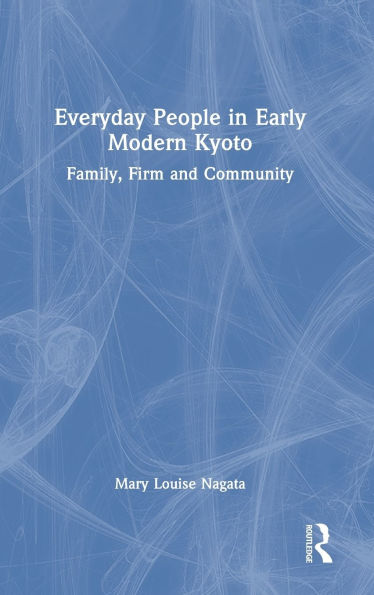The study focuses on three aspects of urban life, beginning with individual and household relations with the neighborhood communities that comprised the institutional framework of urban administration and provided financial and legal resources for residents. It then moves to the lives of ordinary people, taking a life-course approach to analyze life-cycle work: marriage, divorce, blended families, fertility, adoption, migration, mobility, and mortality. The final theme discusses households people lived in, headship succession and devolution of property; family business as a network of household shops and workshops; and the roles women played, while testing the patriarchy theories commonly used in this field and finding new explanations.
Written for all levels of expertise and including many stories of everyday people, this book will appeal to undergraduate students and general readers interested in historical Kyoto.
The study focuses on three aspects of urban life, beginning with individual and household relations with the neighborhood communities that comprised the institutional framework of urban administration and provided financial and legal resources for residents. It then moves to the lives of ordinary people, taking a life-course approach to analyze life-cycle work: marriage, divorce, blended families, fertility, adoption, migration, mobility, and mortality. The final theme discusses households people lived in, headship succession and devolution of property; family business as a network of household shops and workshops; and the roles women played, while testing the patriarchy theories commonly used in this field and finding new explanations.
Written for all levels of expertise and including many stories of everyday people, this book will appeal to undergraduate students and general readers interested in historical Kyoto.

Everyday People in Early Modern Kyoto: Family, Firm and Community
380
Everyday People in Early Modern Kyoto: Family, Firm and Community
380
Product Details
| ISBN-13: | 9781032473109 |
|---|---|
| Publisher: | Taylor & Francis |
| Publication date: | 07/21/2025 |
| Pages: | 380 |
| Product dimensions: | 6.12(w) x 9.19(h) x (d) |
